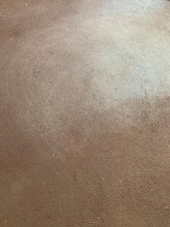This is a blossoming industry in natural building. EcoCocon is a leader in Europe, while numerous builders, such as New Frameworks are getting it going in North America. Straw insulated panels, sometimes sheathed in plywood for shear strength, but can be plastered instead for certain applications. Plastering a panel is cool because a thick 1 1/2” layer of plaster can be applied quickly when the panel is horizontal, then when dry enough the panel can be stored vertically.
It’s totally a thing, it works well. It’s just slow to get started. But its happening!





